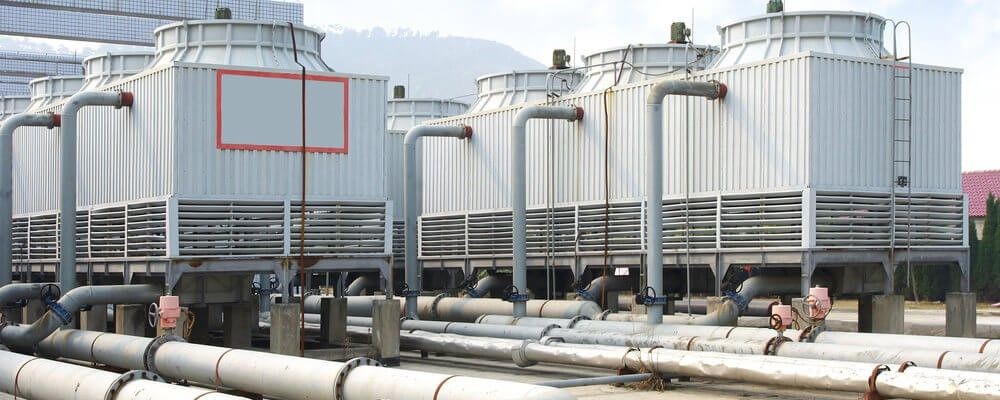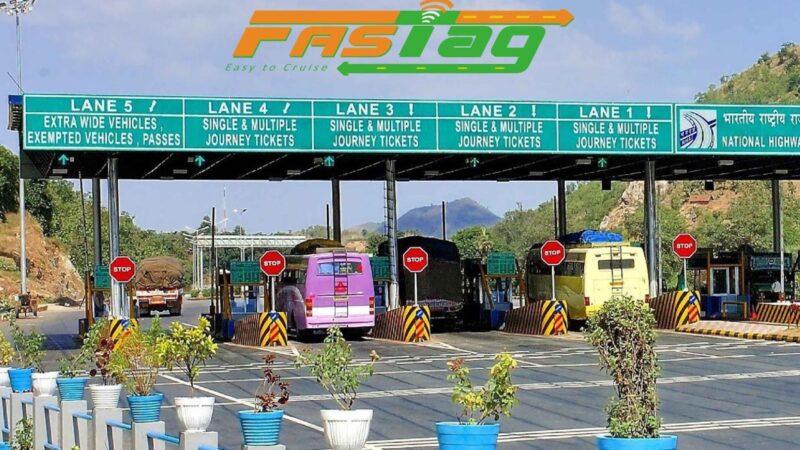The Impact Of Cooling Towers On Environmental Sustainability

Cooling towers are considered a vital part of various industries, enabling the dissipate of excess heat caused by industrial operations or power generation. Nevertheless, their operations have a significant atmosphere impact, like water taking capacity, excess heat rejection, and emissions. To improve cooling tower interpretation while minimizing atmospheric effects.
CFD or Computational Fluid Dynamics simulations emerged as a vital tool. In this blog, you will understand how CFD simulations assess the ecological impact of cooling towers and promote better efficiency and bearable environmental cooling tower design.
What do you understand about Cooling Towers?
Cooling towers are played as heat rejection devices that pass on heat derived from hot fluids that process to the atmosphere via an evaporative cooling mechanism. Water absorbs heat from the industrial plant and is distributed or sprayed over a fill media when air is passed over any water surface. This exposure allows some portion of the water to evaporate, taking the heated air and dumping the cooled water for reuse.
Cooling Towers and the effect of using CFD on the Environment
CFD simulations deliver a comprehensive knowledge of the heat transfer, fluid dynamics, and pollutant distribution within and near the cooling towers. This CFD permits researchers and engineers to analyze distinct scenarios, improve cooling tower designs, and assess their environmental influence by making complex relations between air, water, and heat.
Water Consumption:
Every cooling tower consumes large quantities of water for evaporation and blowdown as water is released to control the engagement of dissolved solids. It might strain local sources of water and cause water scarcity. As a result, blowdown water sometimes carries liquefied contaminants that may cause ecological impacts when discharged into the water source.
Solution: CFD simulations can perfectly predict water evaporation speeds, helping assess cooling towers’ water necessities with varying operating circumstances. Promoting the cooling tower’s airflow, fill media, and water distribution techniques can reduce water consumption while preserving the desired cooling implementation.
Heat Contradiction:
Cooling towers discharge heated air into the atmosphere, which can increase localized temperatures. High temperatures will affect regional ecosystems, raise energy consumption for air conditions, and create health risks in metropolitan areas.
Solution: CFD simulations can analyze the airflow patterns near cooling towers, assessing the distribution of heated air and its possible impact on regional temperature. Improving the cooling tower system design and placement can minimize the harmful effect on surrounding circumstances, reducing the requirement for additional cooling means.
Emissions: every cooling tower can radiate harmful substances like particulate matter, explosive organic compounds, and other harmful air pollutants. This release can affect air pollution, air grade, and human health.
Solution: only CFD simulations predict the distribution and concentration of pollutants emitted from cooling towers, allowing engineers to specify potential discharge hotspots and evaluate their impact on environmental air quality. By improving the tower’s internal flow of cool air, blast processes, and harmful air pollutant managing mechanisms, harmful particle emissions can be minimized and show improved air grade.
CFD simulations suggest a robust standard to assess the ecological impact of cooling towers and improve their design for better sustainability.






